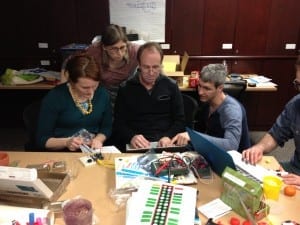
LEARN staff figuring out how to make a theremin.
Last year, LEARN started exploring the idea of Makerspaces as a way to increase students’ engagement in school. The idea itself is not new. Originally incubated by hackers and computer tinkerers, Makerspaces have taken hold in communities across the world, as people rediscover the simple human joy of making something with their hands. Admittedly, the kinds of making associated with Makerspaces are usually somehow related to engineering and technology, but a growing contingent of low-tech makers are exploring the intersections between engineering and craft, between art and design. At LEARN, we chose to embrace all forms of making (or Making), and have called our makerspace an Open Creative Space, to honour both high- and low-tech making.
We started off holding Open Creative Space days for our LEARN staff composed of teachers and pedagogical consultants. We figured the best way to learn about making was to… make. Once we had a few Open Creative Space days under our belts, we opened up our offices to local educators from all the English School Boards and the QAIS network to join us in joyful, curious making. A lot of what we discovered about our own process is informing our work with schools and communities. In this post, we discuss our discoveries, from each of our perspectives, in the hope of shining a light on some of the more interesting aspects of making (or Making).
Our Personal Experiences with Making
Sylwia Said:
“The human hand is so beautifully formed, its actions are so powerful, so free and yet so delicate that there is no thought of its complexity as an instrument; we use it as we draw our breath, unconsciously.” – Frank R. Wilson
If you asked me last year whether or not I was a maker, I would have replied ‘no’. I come from that peculiar generation, in which – although my parents both know how to make things, sew or build or repair – I was not taught these skills myself. As I was growing up, I was surrounded by the pervasive value that making was what you did if you weren’t good at school. Secondary 3 Technology class was where the kids who weren’t good at academic subjects excelled, and I felt complacent in the knowledge that although I couldn’t cut a straight line or use a drill, I could use my brain to get good grades. In the hierarchy of human abilities in my mind at that time, brain trumped hand. Today, I know that the brain and the hand are inextricably linked in the human experience, from the time early hominids developed opposable thumbs and stood upright. In fact, our experience of the world is fundamentally changed (improved) when we engage with the world with our hands rather than with our eyes and ears alone. Babies and children know this. Neuroscientists know this. But somehow, along the way, we decided that our capacity for abstract thought and creativity could be developed using the brain alone, with visual and aural stimuli alone. That not only was this possible, but that it was desirable. Exit the hand.
Chris Said:
Innovative educator, Gary Stager of Constructing Modern Knowledge often says when addressing educators “Less Us, More Them.” The idea being simple, shift agency whenever possible onto the learner. Throughout my career I have found my greatest learning moments with students and teachers have been when I asked an intriguing question or assigned a challenge, and simply stepped back and let the magic happen. However, this morphing mindset from teacher lead subject areas to student based discovery of a multitude of subjects and skills to boot has shown me student learning comes from personal connections, interest and living an experience. This quickly opened up my approach towards students and later teachers, by making students do stuff with their hands, meaningful stuff with a purpose, and saw student engagement erupt in every school I visited. Through well designed, projects, challenges, learning activities, or workshops, like making rockets, building homopolar engines, creating animations, documentaries, complex machines, or circuits, I was easily able to give students back their learning.
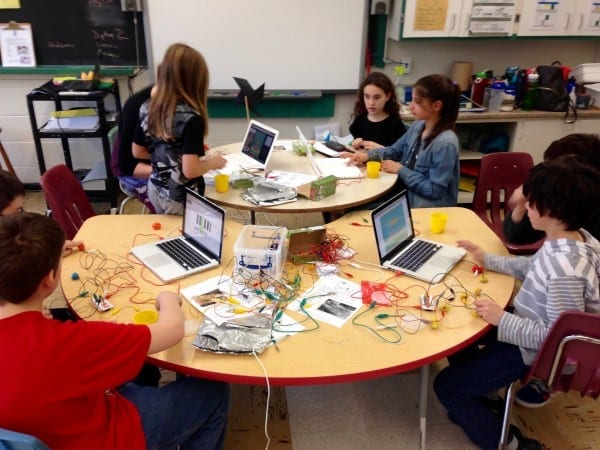
Open Creative Space at LEARN
…for the things we have to learn before we can do them, we learn by doing them. – Aristotle
Chris Said:
We have been thinking a lot at LEARN about student engagement and ways to support schools grow relevancy from within. Dr Seymour Papert’s Eight Big Ideas Behind The Constructionist Learning Lab helped to inspire our very own Open Creative Space (OCS). In this space, the number one rule is “Make something, learn something”. What can this look like in a classroom? was our big question. Our OCS is really that open, an incubator for educators! We don’t tell you what to do, we don’t hand out instructions, we don’t demonstrate what we want you to do. What we do is ask questions, provide support, offer a variety of amazing materials to help ideas or projects develop. We talk, we reflect, we collaborate, we learn. This is an uneasy experience for most simply because we are not used to it. Many educators have come through our hard fun space, and at first are slightly overwhelmed with the open ended nature but soon discover once a good question is asked, they are providing with sufficient time, appropriate materials and of course good support real learning kicks in and mindsets change.
Sylwia Said:
The first time I sat down at a table in our Open Creative Space, I was determined. I could do this. I had a buddy, someone whom I felt knew more than I did about programming, about circuits. The table had an overwhelming array of books on it, and I clung to the most obvious-looking one like a drowning person does a life buoy. Books, I understood. Makerspace Lesson One: Seek out the familiar in the unfamiliar. My buddy decided he wanted to make a theremin, a project located about two thirds of the way through the book. Fighting my desire to start at the beginning, I started by following the steps outlined. We had to backtrack of course and consult some of the earlier bits in the book, but in the end we were successful. Makerspace Lesson Two: Know yourself. I’m cautious and a planner. This may not be bold or audacious, but there isn’t only one way to engage with making. As the kids are saying these days: “you do you”. On subsequent Open Creative Space days, I went with the flow, gravitating sometimes toward the things that felt comfortable and sometimes to the things that scared me. What surprised me most was that sometimes the things that felt comfortable turned out to be quite challenging and the things that made me nervous turned out to be easy and fun. Makerspace Lesson Three: Check your baggage. Every OCS day I discover more about how I learn and about how others learn, while picking up some valuable skills along the way.
Above All, A Maker Mindset
We are approaching the end of our second year working in our Open Creative Space and sharing the Maker model with educators. In this journey, we have realized that the most important thing about Makerspaces is not the technology, the equipment, the supplies, the kits, nor even the clever storage solutions (although these have their merits to be sure). The key to successful and sustainable Making is to above all embody a Maker mindset and help others develop one in turn. It is the core belief that we are most engaged in our learning when we make something that will drive the creation of Makerspaces that fit the community from which they emerge.
Curious about Makerspaces, (or ArtHives, Genius Hours and Passion Projects)? There’s no better way to learn about the Maker movement than by living the experience yourself! Once a month, LEARN invites educators to its Open Creative Space in Laval for a hands-on session. Participants engage in the process of making and tinkering, with access to resources, tools, ideas and community. The next session is May 27th. Spaces are limited and tend to go fast. You can RSVP by emailing creativespaces@learnquebec.ca
For background, you may want to read Susan van Gelder’s posts on Makerspaces and creating for learning.
LEARN’s Open Creative Space online ocs.learnquebec.ca
Martinez, S. L., & Stager, G. (2014). Invent to learn: Making, tinkering, and engineering in the classroom. Constructing Modern Knowledge Press.
The Articulate Hand – http://www.thearticulatehand.com/neuroscience.html
Wilson, Frank R. (1998). The Hand: How Its Use Shapes the Brain, Language, and Human Culture. First Vintage Books Edition.
The Hand book review + free chapter.


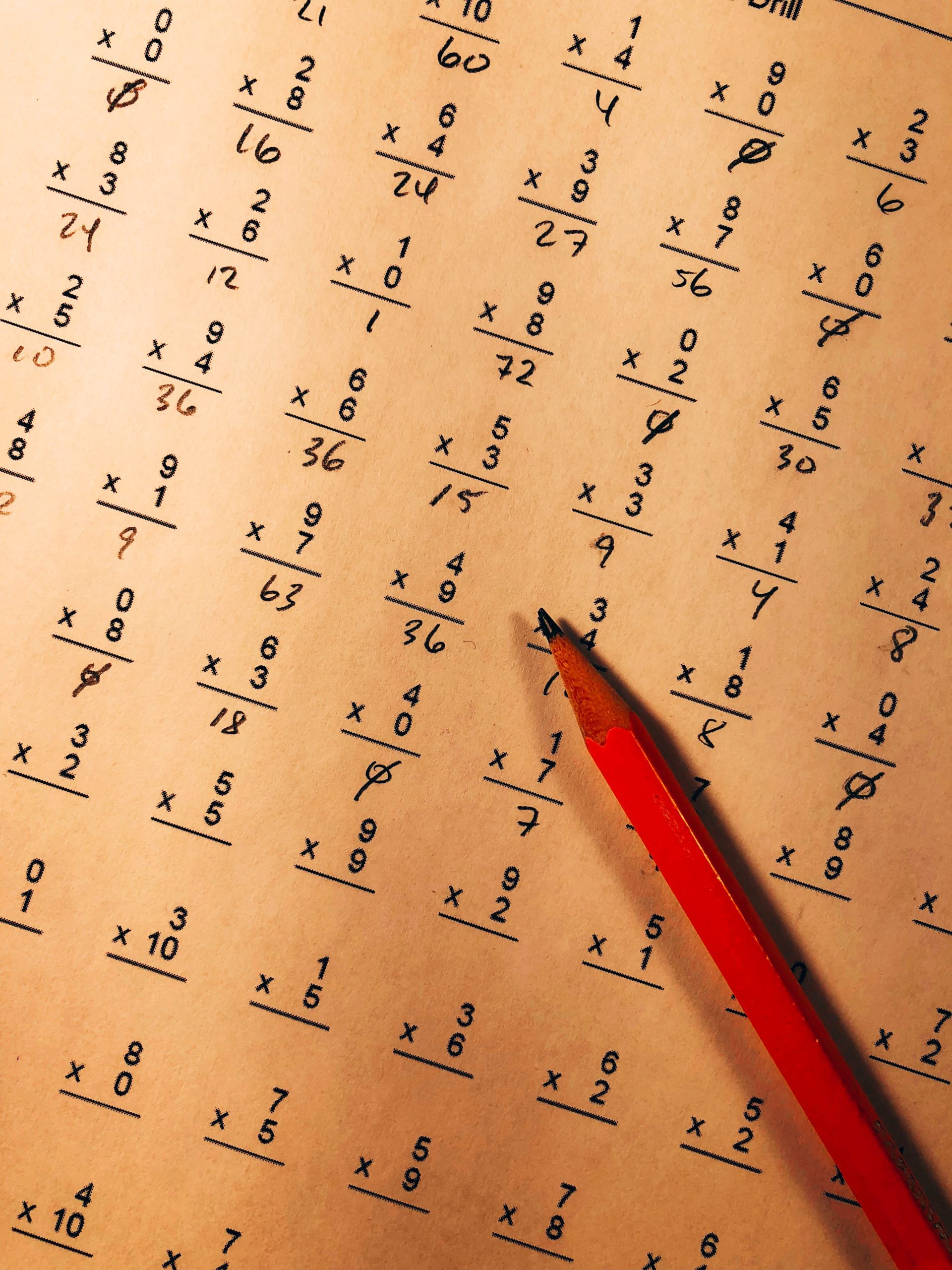
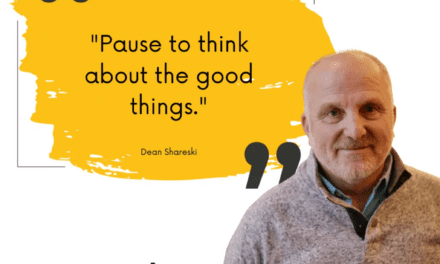
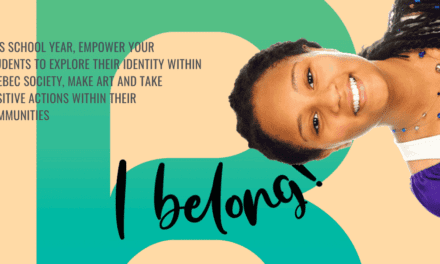
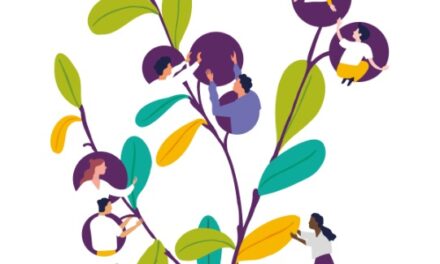
Sylwia has gotten me to think about the question “Am I a Maker, a Tinkerer?” Yes in a way. I’m the Mrs. Fix-it in the home. I renovated our basement and made it habitable, I’ll fix the toaster and install new electrical plugs, I’ve sewn my clothes and my daughter’s, and will solve all kind of little daily problems by making stuff that works. Not anything to do with electronics and circuitry, mind you. But had I clearly made the link with education? Not really! My teaching has always had a large hands-on component. But somehow I was never quite able to totally connect how I loved to solve problems to the classroom environment. Somehow, I fell into the trap that Sylwia points out, thinking that our “capacity for abstract thought and creativity could be developed using the brain alone, with visual and aural stimuli alone.” Luckily, in the school context, there is one place where making and “playing” is (or should be!) king: Kindergarten. There is a great push to “get serious” in Kindergarten too: time to stop playing and to start learning the 3 Rs. Let’s hope Kindergarten teachers see the value of our program and it’s play/Maker-based approach and continue to defend it.
The Waldorf/Steiner people have known this for years, that engaging the hands is part of the Head-Heart-Hands trinity of learning. A lot of what has informed modern pre-school programs comes from early educators like Maria Montessori, Rudolf Steiner and Regio Emilia, all of whom used a variety of tactile and experiential approaches for learning.